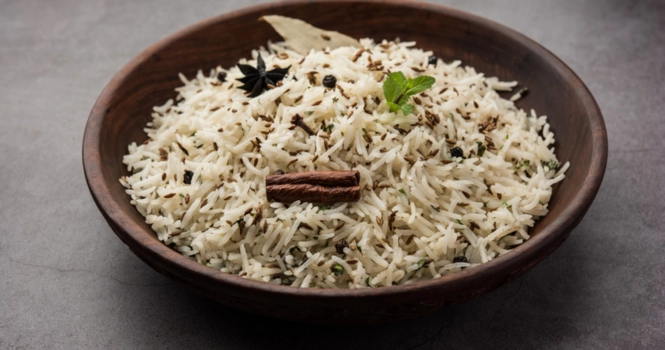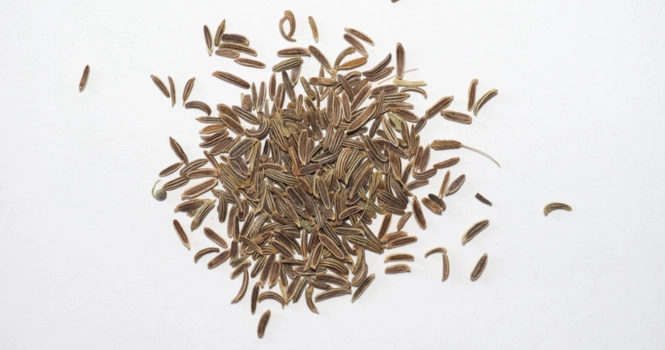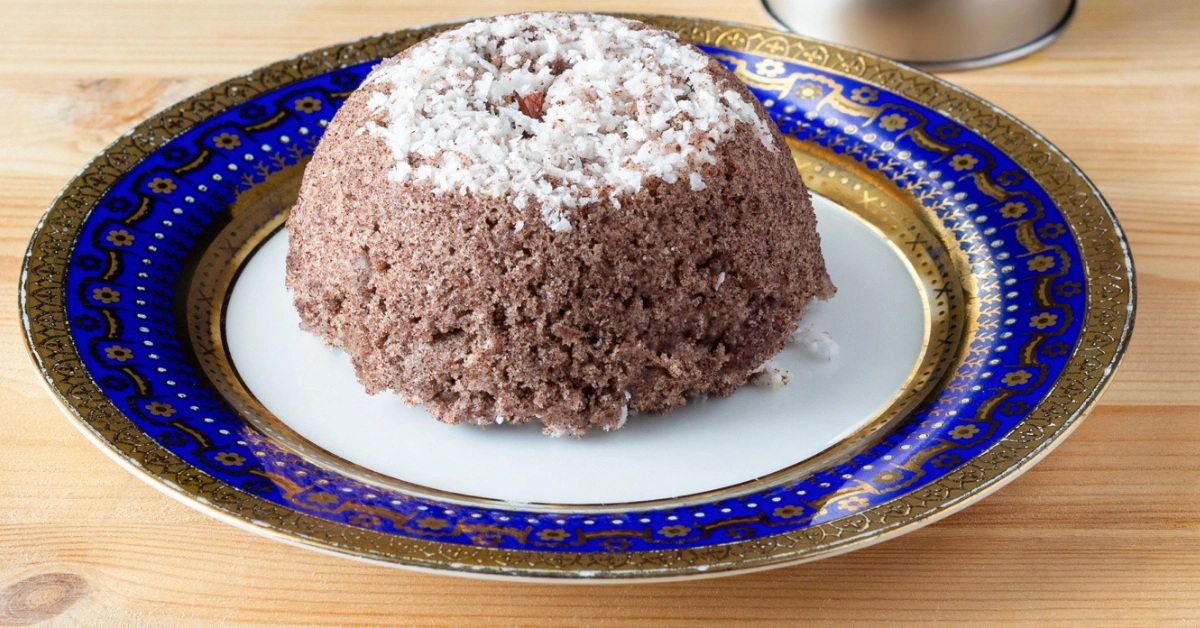Exploring the Glycemic Index of Wheat Flour: What You Need to Know

Wheat flour, a powder obtained by grinding wheat grains, is one of the world’s most essential and versatile culinary ingredients.
It forms the backbone of countless dietary staples, from breads and pastries to pastas and noodles. Wheat flour comes in several varieties, each with its unique properties and uses, including whole wheat flour, white (refined) flour, and specialized types such as bread flour and cake flour.
The nutritional profile of wheat flour varies depending on the type; whole wheat flour retains the bran and germ, making it richer in fiber, vitamins, and minerals compared to its refined counterparts, which consist mostly of the endosperm.
This diversity makes wheat flour an indispensable ingredient in both traditional and modern cuisines, adapting to culinary traditions and dietary preferences around the globe.
Understanding wheat flour’s nutritional aspects, including its glycemic index and load, is essential for those looking to manage their dietary intake for health reasons.
| Type of Wheat Flour | Glycemic Index (GI) | Glycemic Load (GL) per 100g |
| Whole Wheat Flour | 55-70 | 20-30 |
| White Wheat Flour (Refined) | 70-85 | 70-75 |
| Durum Wheat Flour | 55-65 | 25-35 |
| Cake or Pastry Flour | 85-95 | 80-90 |
| Bread Flour | 70-80 | 65-75 |
Glycemic Index (GI): This column shows the GI, a measure of how rapidly a carbohydrate-containing food increases blood sugar levels. Foods with a GI of 55 or less are considered low GI, 56-69 are medium GI, and 70 or above are high GI.
Glycemic Load (GL): This column indicates the GL, which takes into account the GI of the food as well as the carbohydrate content in a typical serving. It provides a more accurate picture of how food can affect blood sugar levels. A GL of 10 or less is considered low, 11-19 is medium, and 20 or above is high.
Please remember that these values are approximate and can vary based on factors such as preparation methods and the specific variety of wheat. Additionally, combining wheat flour with other foods can alter the overall GI and GL of a meal.
Is Wheat Flour Good for Diabetics?
Wheat flour’s suitability for individuals with diabetes depends on several factors, including the type of wheat flour, the overall dietary pattern, and individual health goals. Here’s a breakdown:
Whole Wheat Flour
- Higher in Fiber: Whole wheat flour contains more fiber than refined flours, which can help slow the absorption of sugar into the bloodstream, potentially leading to more stable blood glucose levels.
- Lower Glycemic Index: Foods made with whole wheat flour generally have a lower glycemic index (GI) compared to those made with refined white flour, making them a better choice for blood sugar management.
Refined Wheat Flour
- Higher Glycemic Index: Refined wheat flour, such as that used in white bread, pastries, and many processed foods, has a higher GI and can cause quicker spikes in blood sugar levels.
- Lower in Nutrients: The refining process removes the bran and germ, reducing the content of fiber, vitamins, and minerals.
Considerations for Diabetics
- Portion Control: Even with whole wheat flour, portion sizes matter. Large quantities can still impact blood sugar levels.
- Overall Diet: Incorporating whole wheat flour into a balanced diet rich in fiber, lean protein, and healthy fats can contribute to better blood sugar control.
- Individual Responses: People with diabetes may have different responses to the same foods. Monitoring blood sugar levels in response to consuming wheat flour products can help tailor dietary choices to individual needs.
Common flours Glycemic Index
Glycemic Index (GI) and Glycemic Load (GL) for common types of flour. It’s important to note that these values are approximate and can vary depending on factors such as grain variety, processing, and even how the flour is used in recipes.
| Flour Type | Glycemic Index (GI) | Glycemic Load (GL) per 100g |
| White Wheat Flour | 70-85 | 70-75 |
| Coconut Flour | 45-55 | 5-10 |
| Almond Flour | 0-10 | 0-5 |
| Oat Flour | 55-70 | 40-45 |
| Rice Flour | 70-85 | 80-85 |
| Corn Flour | 70-85 | 85-90 |
| Buckwheat Flour | 45-55 | 30-35 |
| Rye Flour | 50-65 | 45-50 |
| Chickpea Flour | 35-45 | 10-15 |
| Quinoa Flour | 50-65 | 20-25 |
| Spelt Flour | 55-70 | 50-55 |
Note:
- Glycemic Index (GI): This measures how quickly a carbohydrate-containing food raises blood glucose levels. Foods with a GI of 55 or lower are considered low GI, 56-69 are medium, and 70 and above are high.
- Glycemic Load (GL): This considers both the GI of the food and the carbohydrate content in a standard serving, offering a more comprehensive view of the food’s impact on blood sugar levels. A GL of 10 or less is low, 11-19 is medium, and 20 or above is high.
- Low GI & GL Flours: Almond and coconut flours have lower GI and GL values, making them potentially better options for those managing blood sugar levels.
- High GI & GL Flours: White wheat, rice, and corn flours have higher GI and GL values, indicating they may cause more significant blood sugar spikes.
When incorporating these flours into a diet, especially for individuals with diabetes or those monitoring their blood sugar levels, it’s crucial to consider both the GI and GL alongside other dietary factors and overall nutritional balance.
Let’s see and compare more
GI value of wheat flour
The glycemic index (GI) of whole wheat flour typically ranges from 55 to 70, categorizing it as having a moderate GI value. This can vary based on the type and processing of the wheat flour.
Glycemic index of whole wheat flour vs cracked wheat
Whole wheat flour has a glycemic index (GI) generally ranging from 55 to 70, making it a moderate GI food. In contrast, cracked wheat typically has a lower GI due to its less processed nature, often falling below 55, which categorizes it as a low to moderate GI food. The exact GI can vary based on specific factors such as the variety of wheat and the method of preparation.
Glycemic index of sprouted wheat flour
Sprouted wheat flour tends to have a lower glycemic index (GI) than traditional whole wheat flour.
The process of sprouting grains before milling them into flour can lead to biochemical changes that reduce the starch content and increase the levels of certain nutrients, like fiber and protein, which can moderate the blood sugar response.
While specific GI values can vary, sprouted wheat flour generally falls into the low to moderate GI range, often lower than the 55 to 70 range typical for whole wheat flour. However, precise GI values for sprouted wheat flour can depend on the sprouting conditions, the wheat variety, and the flour’s final processing.
GI of atta flour vs cracked wheat
Atta flour, often used in South Asian cuisine and made from whole wheat grains ground into flour, typically has a glycemic index (GI) similar to that of whole wheat flour, ranging from 55 to 70, placing it in the moderate GI category.
Cracked wheat, on the other hand, consists of whole wheat berries that have been cracked into smaller pieces but not ground into flour. This less processed form generally results in a lower GI compared to more finely ground flours. Cracked wheat usually falls into the low to moderate GI range, often below 55.
Therefore, while both atta flour and cracked wheat are whole grain products and healthier than refined grains, cracked wheat might have a slightly lower GI, leading to a slower and more gradual increase in blood sugar levels.
GI of wheat flour roti
The glycemic index (GI) of a wheat flour roti can vary, but it generally falls within the moderate range, typically around 62 to 72. This range can fluctuate based on factors such as the specific type of wheat flour used, how thin or thick the roti is rolled out, and the cooking duration.
Whole wheat flour, commonly used for making roti, has a moderate GI, and the preparation method of roti slightly modifies its glycemic response. It’s important to note that combining roti with other foods, especially those high in fiber, protein, or healthy fats, can help moderate the overall glycemic impact of a meal.
Frequently Asked Questions
Which flour has the lowest glycemic index?
Among common flours, almond flour typically has the lowest glycemic index (GI). With a GI range of approximately 0-10, almond flour is considered to have a minimal impact on blood sugar levels.
This is largely due to its high fat and protein content and low carbohydrate content, which helps slow the absorption of sugar into the bloodstream.
Almond flour is a popular choice for those following low-carbohydrate, ketogenic, and low-GI diets, making it an excellent option for individuals looking to manage blood sugar levels or reduce their intake of high-GI foods.









